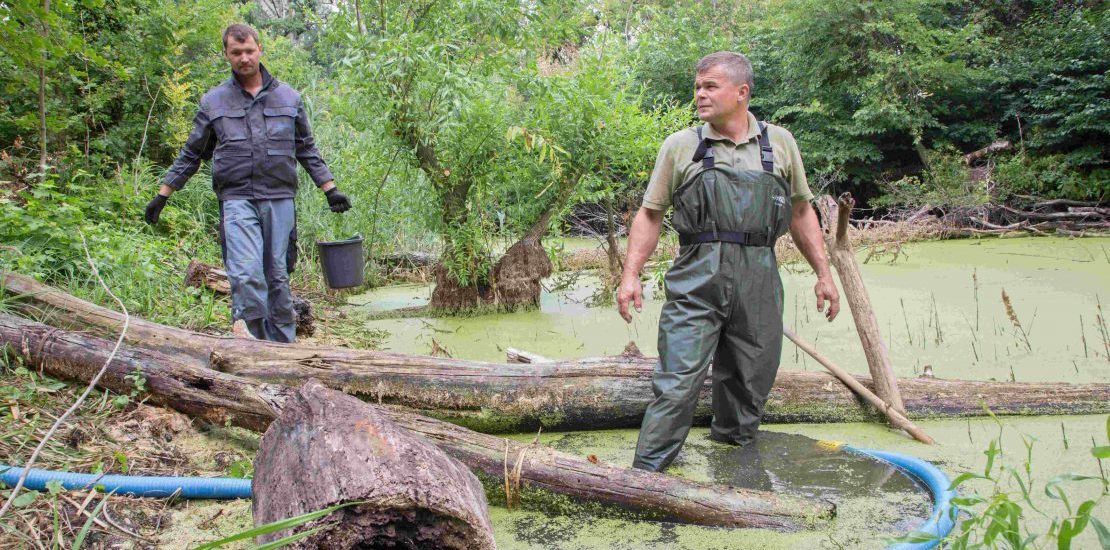Cyanobacteria
- 28. May 2019
- Posted by: matej.beres
- Category: Articles

Cyanobacteria also known as cyanophyta are a group of bacteria capable of producing oxygen throughout photosynthesis similar to other plants. Often, they occur in an aquatic environment but in the soil as well. Increased occurrence of cyanobacteria is recorded during long periods of sunny and warm weather. The excess occurrence of so called “aquatic bloom” in the water bodies represents great ecological issue. Cyanobacteria contaminate water bodies that serve as a source of drinking water or are used for recreational purposes. The aquatic bloom is created as a consequence of increasing temperature of the water by the end of May and lasts until October. In the autumn due to low temperatures the concentration of the bacteria in the water decreases. Idle stage sets in and the cyanobacteria sink to the bottom and deposit into the sediment. This way the cyanophyta can survive severe conditions in the winter. With the arrival of the spring the bacteria resurface to the top and new population of the bacteria forms.
How we can eliminate formation of cyanobacteria in the water:
We dredge the sediment by means of suction dredger early in the spring. The removal of the sediment together with the cyanobacteria in the idle stage deceases its concentration in the water body. We carry out precautionary in the period from February until April. In the summer months, during the high season of cyanobacteria blooming we utilize chemical agent for coagulation. The agent then coagulates the cyanobacteria that subsequently sink to the bottom sediment. We dredge the sunk cyanophyta together with the layer of the bottom sediment by means of suction dredger. The dredging process then provides elimination of aquatic bloom of cyanobacteria in the following years.
The long-term maintenance of water body in terms of cyanobacteria bloom lays in the violation of the natural habitat. Despite the fact that we cannot prevent the water temperature from increasing, we are able to prevent the cyanophyta from blooming by means of decreasing the concentration of required nutrients. One of the main nutrients for cyanobacteria is phosphorus. The concentration of phosphorus in the environment increases with the application of fertilizers and laundry agent utilization, etc.

